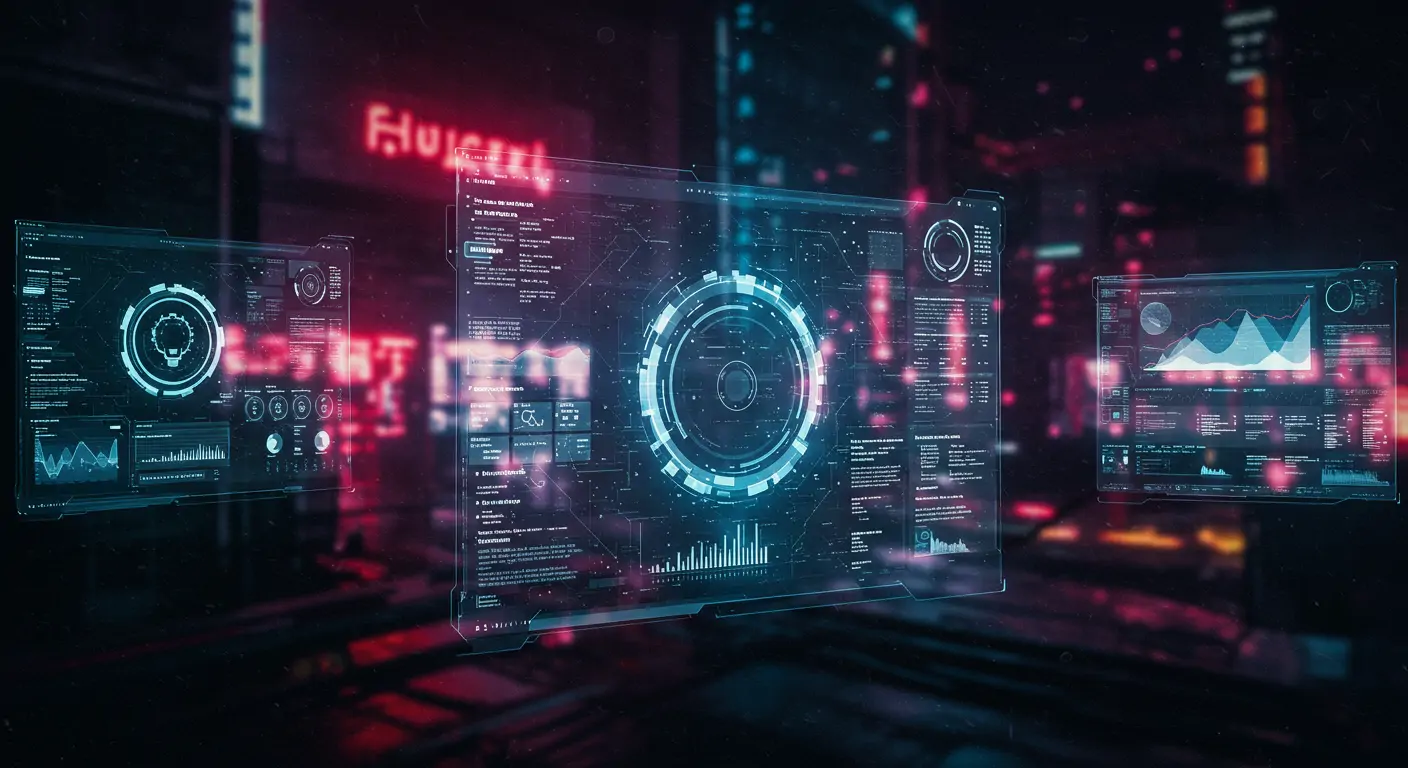The Current State: What's Happening Right Now
As of 2025, AI-optimized cybersecurity is transforming the landscape of threat detection. In the past year alone, we've seen a 45% increase in the adoption of machine learning algorithms within security systems, a trend driven by increasing sophistication of cyber threats (Source: Cybersecurity Ventures, 2024). Major players like CrowdStrike, Palo Alto Networks, and Fortinet are leading this charge, integrating AI to enhance threat intelligence capabilities.
Traditional methods, reliant on signature-based detection, are failing to keep pace with evolving threats. A recent report from Gartner indicated that 60% of enterprise-level breaches in 2024 bypassed traditional security measures due to their inability to detect novel threats (Source: Gartner, 2024).
Introduction: Why This Matters Now
In early 2025, a report revealed that cybercrime is expected to cost the world $10.5 trillion annually by 2025 (Source: Cybersecurity Ventures, 2024). This staggering statistic underscores the urgent need for advanced security solutions. The rise of AI-optimized cybersecurity marks a pivotal shift, promising enhanced threat detection and prevention strategies for businesses worldwide.
This trend is pivotal for IT professionals, security firms, and businesses looking to safeguard their assets. Estimated read time: 7 minutes.
Key Drivers: What's Fueling This Trend
Driver 1: Increasing Cyber Threat Sophistication
Cyber threats are becoming more advanced, with AI-driven attacks accounting for 25% of all breaches in 2024 (Source: IBM Security, 2024). This escalation necessitates equally sophisticated defense mechanisms.
Driver 2: Rising Costs of Data Breaches
The average cost of a data breach reached $4.35 million in 2024, pushing companies to invest in more robust security solutions (Source: Ponemon Institute, 2024).
Real-World Impact & Case Studies
Case Study 1: Darktrace
- Darktrace implemented an AI-driven system that reduced false positives by 70% in 2024.
- This led to a 30% decrease in time spent on threat analysis.
- Key lesson: AI can significantly enhance efficiency in cybersecurity operations.
Caption: Data visualization
Industry Implications
For Developers
- Learn AI and machine learning tools like TensorFlow and PyTorch.
- Opportunities in AI-driven security solutions.
For Businesses
- Integrate AI solutions to stay competitive.
- Potential for significant cost savings in threat management.
For Investors
- Investment opportunities in AI cybersecurity startups.
- Risk in traditional security firms not adopting AI.
Challenges & Criticisms
Despite its promise, AI-optimized cybersecurity faces challenges such as high initial costs and the need for skilled personnel. Skeptics argue that over-reliance on AI could lead to complacency in human oversight. Additionally, the potential for AI to be used in cyber attacks poses a significant risk.
Future Outlook: What's Next
In the next 6-12 months, expect a surge in AI security startups. Long-term, AI will likely become an integral part of all security systems by 2027. Key milestones include regulatory advancements and standardization of AI practices in cybersecurity.
Frequently Asked Questions
- How does AI improve threat detection?
- What are the risks of AI in cybersecurity?
- Will AI replace human cybersecurity roles?
- What is the cost of implementing AI in security?
Conclusion: Key Takeaways
- AI is essential for modern cybersecurity.
- Adoption is critical to mitigating rising cyber threats.
- Opportunities abound for skilled professionals and investors.
- Challenges include costs and ethical considerations.
For further insights, explore technical guides on AI implementation in cybersecurity.




